![]() css-tricks.com
css-tricks.com
Pop(over) the Balloons

I’ve always been fascinated with how much we can do with just HTML and CSS. The new interactive features of …
![]() css-tricks.com
css-tricks.com

I’ve always been fascinated with how much we can do with just HTML and CSS. The new interactive features of …
![]() css-tricks.com
css-tricks.com
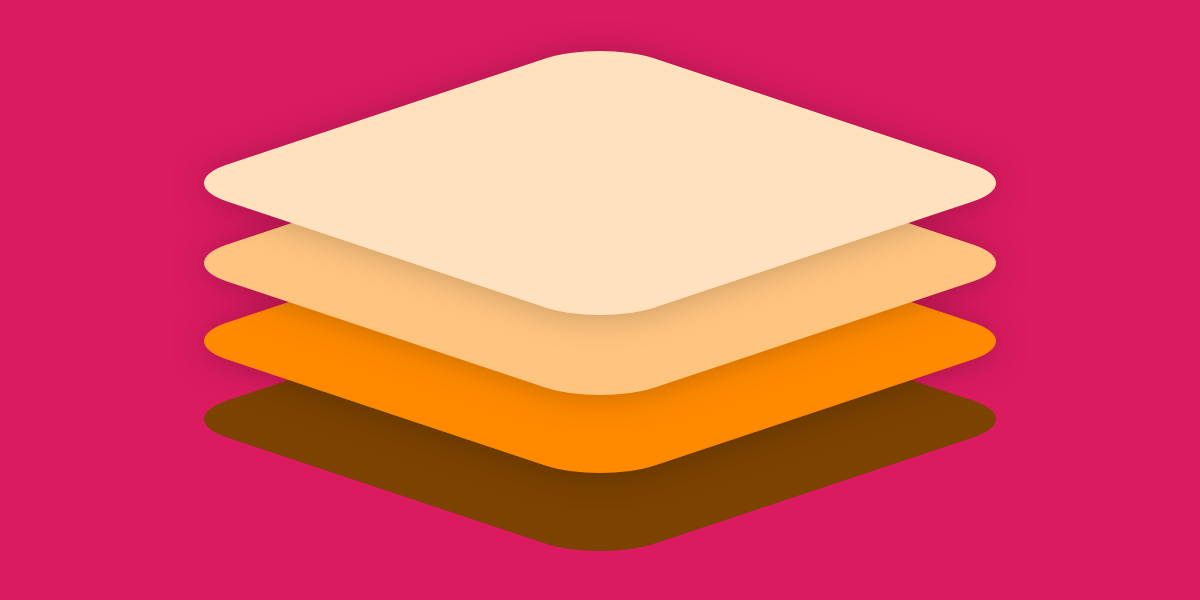
These sorts of roundups always get me. My wife will flip through Zillow photos of the insides of homes for …
![]() css-tricks.com
css-tricks.com
From June 11–13, the CSS Working Group (CSSWG) held its second face-to-face meeting of the year in Coruña, Spain, with …
![]() css-tricks.com
css-tricks.com

Sara Joy’s adaptation of the song “Everybody’s Free (To Wear Sunscreen)” (YouTube) originally by Baz Luhrman with lyrics pulled directly …
![]() css-tricks.com
css-tricks.com
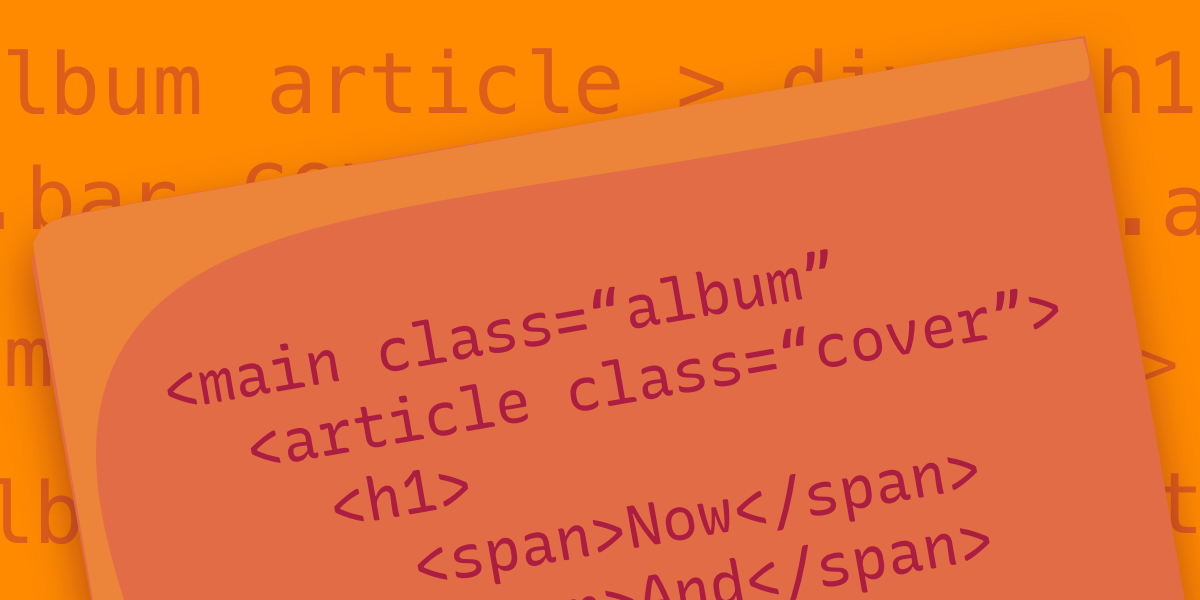
A complete guide covering all of the various methods we have to select elements in CSS and how to use them for applying styles.
![]() css-tricks.com
css-tricks.com

A few sirens went off a couple of weeks ago when the CSS Working Group (CSSWG) resolved to add an …
![]() css-tricks.com
css-tricks.com

I know this is something Chris has wanted forever, so it’s no surprise he’s already got a fantastic write-up just …
![]() css-tricks.com
css-tricks.com

Oh, hey there! It’s been a hot minute, hasn’t it? Thought I’d pop in and say hello while we get to know the Popover API a bit.
![]() css-tricks.com
css-tricks.com
CSS Meditation #8: .work + .life { border: 10px solid #000; }
![]() css-tricks.com
css-tricks.com
CSS Meditation #7: Nobody is perf-ect.
![]() css-tricks.com
css-tricks.com
CSS Meditation #6: The color space is always calc(rgb(0 255 0)+er) on the other side of the fence.
![]() css-tricks.com
css-tricks.com
CSS Meditation #5: :where(:is(.my-mind))
![]() css-tricks.com
css-tricks.com
CSS Meditation #4: Select, style, adjust. Select, style, adjust. Select, sty…
![]() css-tricks.com
css-tricks.com
CSS Meditation #3: A pseudo is as a pseudo does.
![]() css-tricks.com
css-tricks.com
CSS Meditation #2: Who gives a flying frick what constitutes a “programming” language.
![]() css-tricks.com
css-tricks.com
CSS Meditation #1: If the code works as expected and it fits your mental model, then it’s perfect.
![]() css-tricks.com
css-tricks.com

The main idea of CSS Container Queries is to register an element as a “container” and apply styles to other elements when the container element meets certain conditions.
![]() css-tricks.com
css-tricks.com
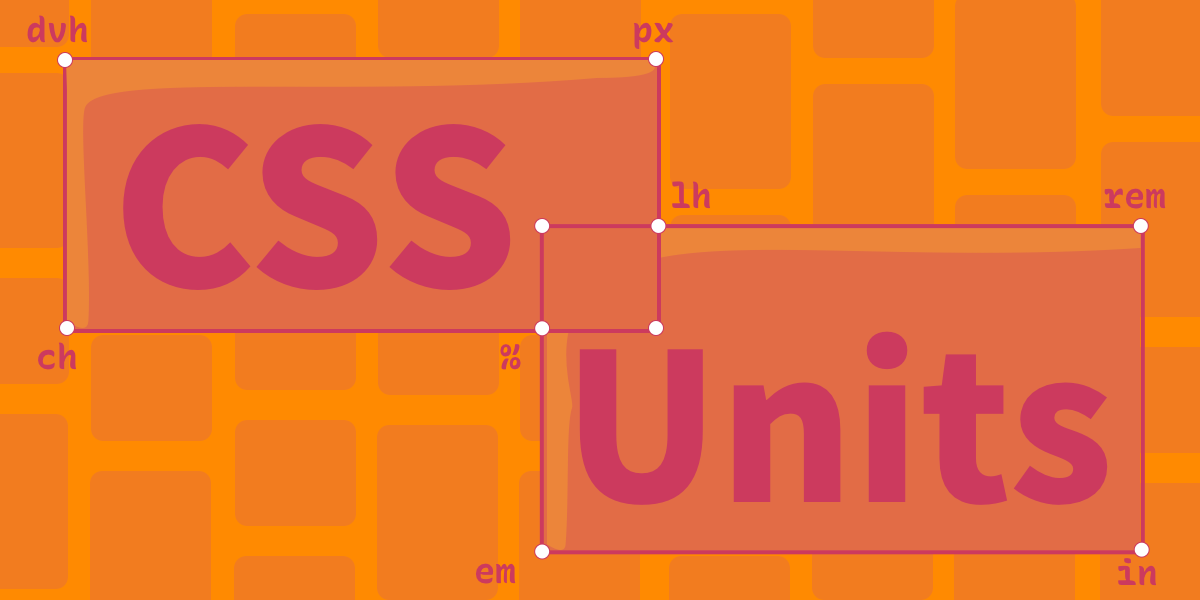
A comprehensive guide covering nine types of lengths that CSS uses to size elements in terms of dimensions, space, time, and even sound.
 webprogramiranje.org
webprogramiranje.org

Kostur projekta Pretpostavićemo da će projekat imati više manjih projekata tj. kontejnera, npr. deo za mikroservise, deo za rad sa bazom… Te je dobro da se u root-u projekta naprave podfolderi za svaki manji projekat npr.:
node_project/
├── api/ # Ovaj za mikroservise
├── data/ # Ovaj folder za bazu podataka
123
node_project/├── api/ # Ovaj za mikroservise├── data/ # Ovaj folder za bazu podataka
Kreiranje package.json Prvo ćemo kreirati package.json fajl u root folderu projekta. Ovaj fajl će sadržati sve potrebne informacije …
 webprogramiranje.org
webprogramiranje.org

Šta su promenjive okruženja Promenljive okruženja (eng. “Environment Variables“) koriste se na različitim mestima u razvoju softvera i IT infrastrukturi, kao npr. kod: operativnih sistema (“PATH” promenjiva koja definiše direktorijume u kojima operativni sitem traži izvršne fajlove), razvoja softvera (promenljive za čuvanje konfiguracionih parametara kao što su API ključevi, baze podataka, URL-ovi..), bezbednost (za čuvanje …
 webprogramiranje.org
webprogramiranje.org

Uvod u Docker svet Šta je Docker? Docker je platforma koja omogućava programerima da jednostavno kreiraju, implementiraju i pokreću aplikacije unutar kontejnera. Šta su to kontejneri? Kontejneri se mogu shvatiti kao lagane virtuelne mašine, ali su dosta brži i manje zahtevni od njih, oni sadrže sve što je potrebno za pokretanje aplikacije: kod, biblioteke i …
![]() css-tricks.com
css-tricks.com

This is the 3rd post in a small series we did on form accessibility. If you missed the second post, check out “Managing User Focus with :focus-visible“. In this post we are going to look at using a screen reader when navigating a form, and also some best practices. Editor’s Note: Edits were made throughout …
![]() css-tricks.com
css-tricks.com
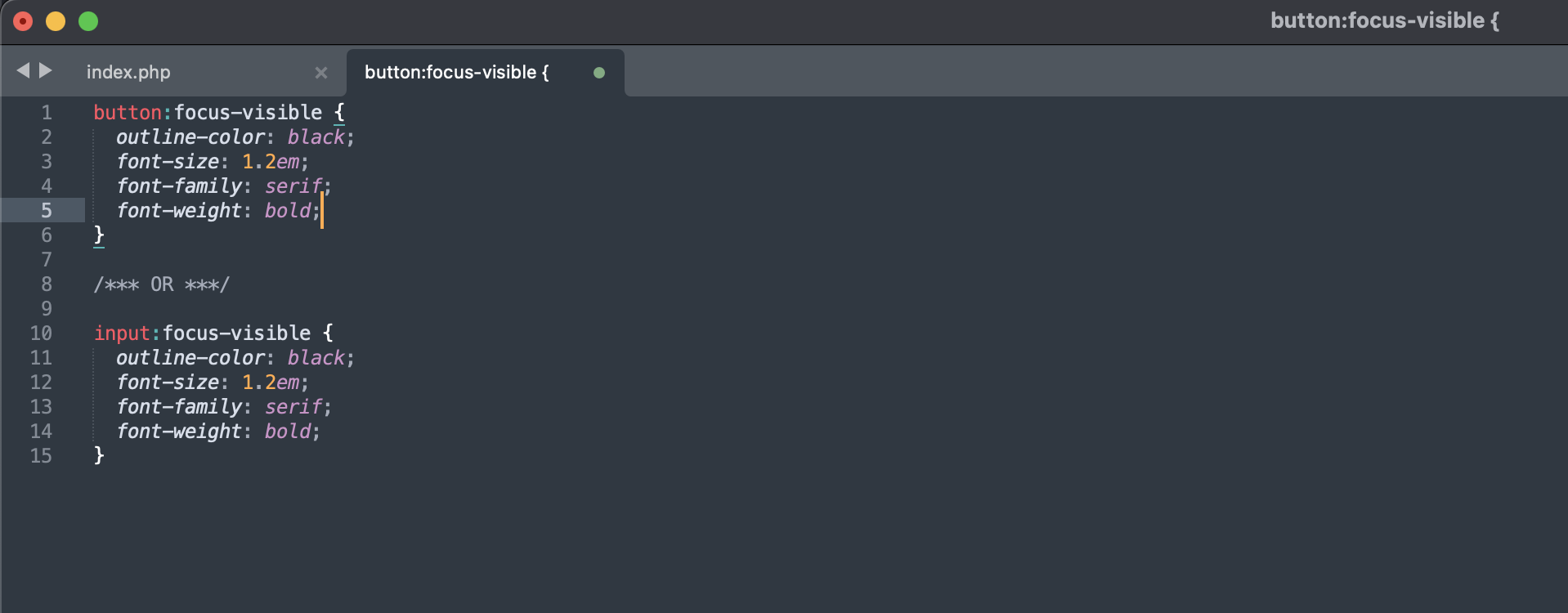
This is going to be the 2nd post in a small series we are doing on form accessibility. If you missed the first post, check out Accessible Forms with Pseudo Classes. In this post we are going to look at :focus-visible and how to use it in your web sites! Focus Touchpoint Before we move …
![]() css-tricks.com
css-tricks.com
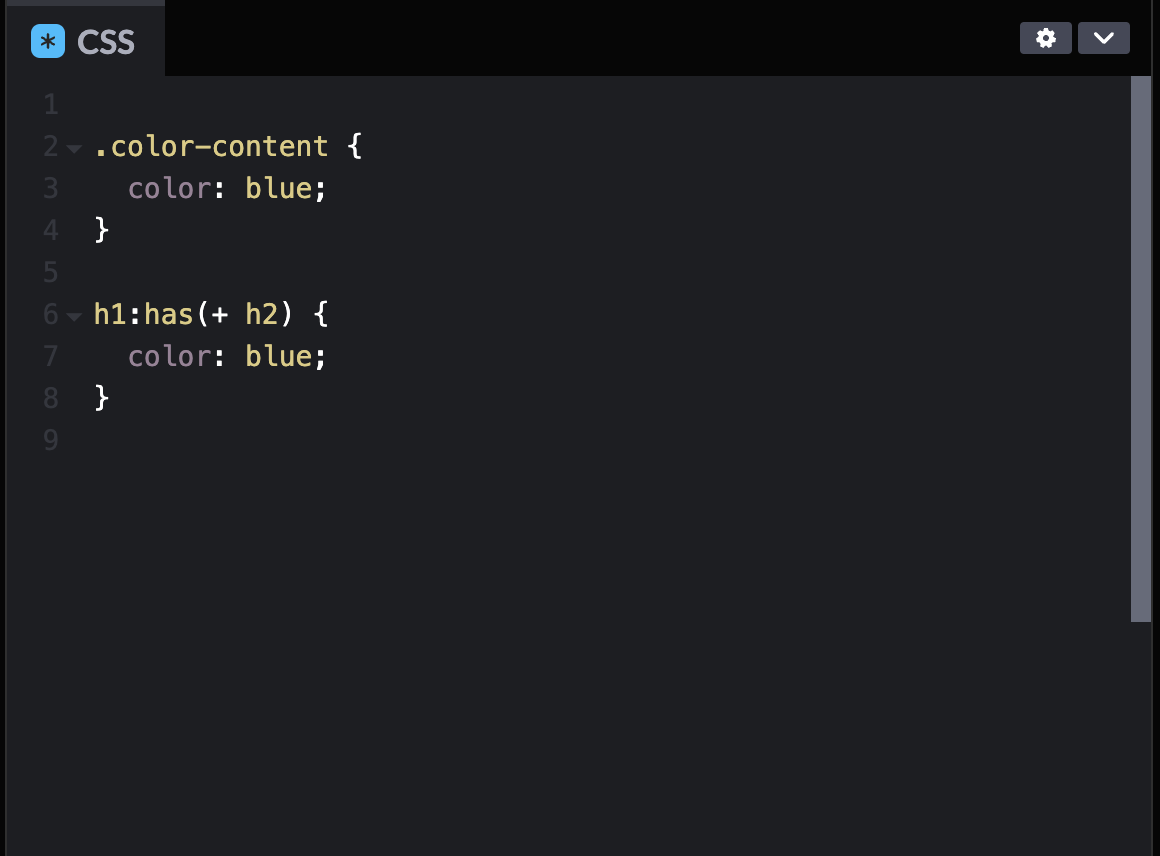
Hey all you wonderful developers out there! In this post we are going to explore the use of :has() in your next web project. :has() is relatively newish but has gained popularity in the front end community by delivering control over various elements in your UI. Let’s take a look at what the pseudo class …
![]() css-tricks.com
css-tricks.com
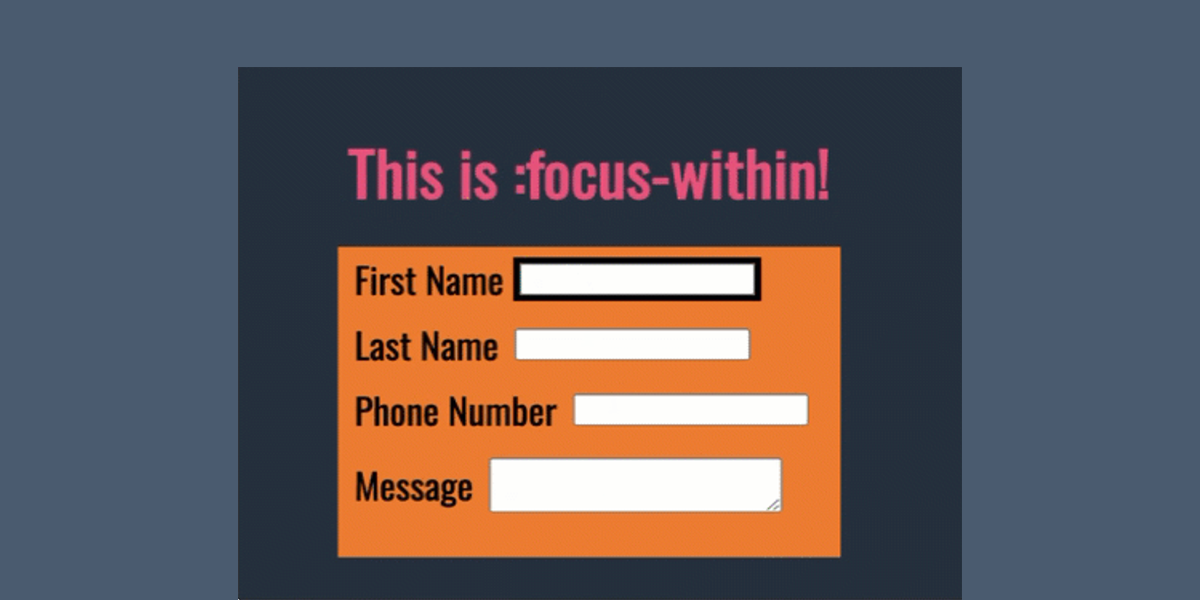
Hey all you wonderful developers out there! In this post, I am going to take you through creating a simple contact form using semantic HTML and an awesome CSS pseudo class known as :focus-within. The :focus-within class allows for great control over focus and letting your user know this is exactly where they are in …
 webprogramiranje.org
webprogramiranje.org

Šta su Streams u Node.js? Streams omogućava efikasniju obradu velikih količina podataka, i može se posmatrati kao neka “reka” podataka. Streams “čuva” memoriju jer obradom podataka u komadićima rad s velikim količinama podataka ne zauzimanja velike količine memorije odjednom. Streams brzo obradjuje podatake, jer se podaci mogu obraditi čim prvi komad stigne, bez čekanja na …
 webprogramiranje.org
webprogramiranje.org

Uvod Razumevanje file sistema u Node.js ključno je za razvoj aplikacija koje zahtevaju čitanje, pisanje i manipulaciju fajlovima. Node.js nudi
fs modul, koji omogućava sinhrono i asinhrono upravljanje fajlovima. Ovaj članak detaljno objašnjava kako koristiti
fs modul u Node.js.
fs modul je deo Node.js API-ja koji omogućava rad sa fajl sistemom. Modul se može učitati …
 webprogramiranje.org
webprogramiranje.org

Uvod Binarni sistem je osnova za rad računara i digitalne elektronike i predstavlja sistem koji koristi samo dve cifre: 0 i 1. Svaka cifra u binarnom broju se naziva “bit” , a osam bitova predstavlja “bajt” Svaki bit u binarnom broju predstavlja neki stepen broja dva. Ako imamo binarni broj od četri cifre, onda skroz …
 webprogramiranje.org
webprogramiranje.org

Šta su Baferi (eng. Buffers)? Kada radimo s podacima koji se prenose preko mreže ili kada čitamo i pišemo datoteke na disku, često se susrećemo sa podacima koji nisu odmah dostupni u celosti. Bufferi su privremena skladišta za podatke dok se oni premeštaju iz jednog mesta u drugo. Bufferi omogućavaju da se ovi podaci akumuliraju …
 webprogramiranje.org
webprogramiranje.org

Razumevanje EventEmitter-a u Node.js Node.js je popularna platforma koja omogućava izgradnju skalabilnih aplikacija kroz asinhroni, događajno vođeni pristup. Jedan od ključnih mehanizama koji omogućava ovaj pristup jeste EventEmitter. Da bismo razumeli njegovu važnost i funkcionalnost, zamislimo EventEmitter kao središte za komunikaciju unutar Node.js aplikacije, gde se događaji šalju, primaju i obrađuju. Šta je EventEmitter? EventEmitter …